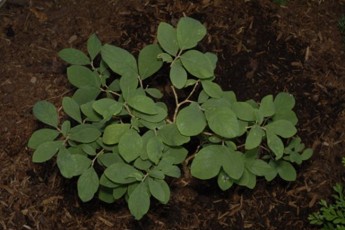
Research Topics

Plant Cell Walls
The cell wall is a critically important structure in plants that imparts both strength and flexibility. Cell walls are also barriers that safeguard internal cellular processes from external stressors. Different plant species have evolved cell walls with diverse architectures and chemistries. By exploring diverse plant taxa, our group aims to contribute a clearer picture on the evolution, structure, and function of plant cell walls.

Lignin
Beyond its critical biological roles in water conduction, biomechanics, and plant defence, lignin is also very important in industry. Traditionally, lignin removed from biomass feedstocks was merely a waste byproduct in the production of biofuels or pulp & paper. However, given the ongoing climate crisis and the need to produce fuels, chemicals, and materials from more sustainable sources, lignin is increasingly being seen as a valuable resource that deserves more attention in research.

Lignin Biology
Despite decades of research, there remain gaps in our understanding of lignin formation. The biosynthetic and regulatory pathways have been largely elucidated. However, new genes are still being discovered and little is known about what controls the fine-scale deposition of lignin in plants. Moreover, most research has focused on model plant species. Our research group studies the molecular and cellular biology of lignification, particularly in non-model plant species.

Lignin Engineering
Lignin is assembled from monomers that are produced in the cytosol and then exported to the cell wall where polymerisation occurs. The assembly of lignin is driven by the coupling of radicals that are generated by laccase and peroxidase enzymes. In this way, the process is highly flexible and amenable to perturbation. Our research group uses genetic engineering to introduce novel lignin monomers that alter the physicochemical properties of lignin for industrial gains.
